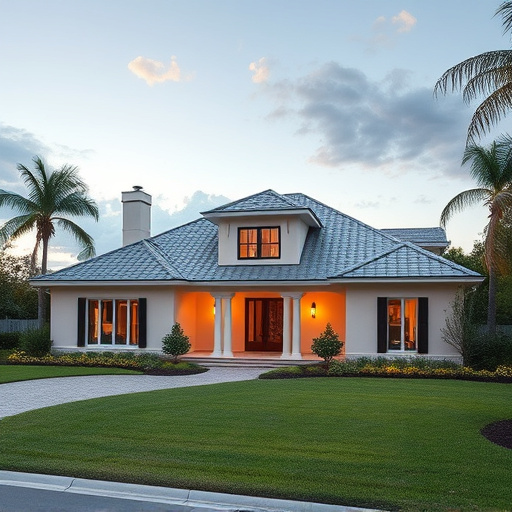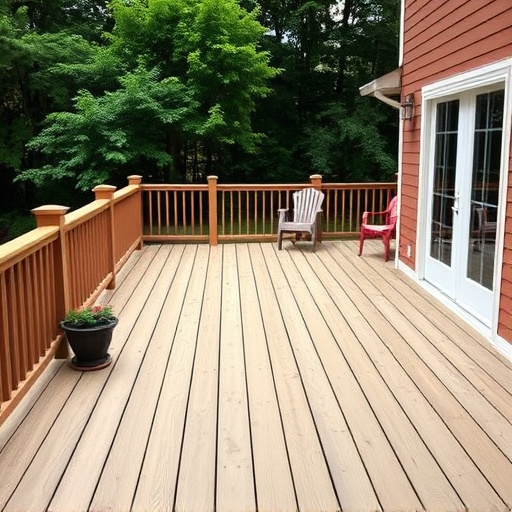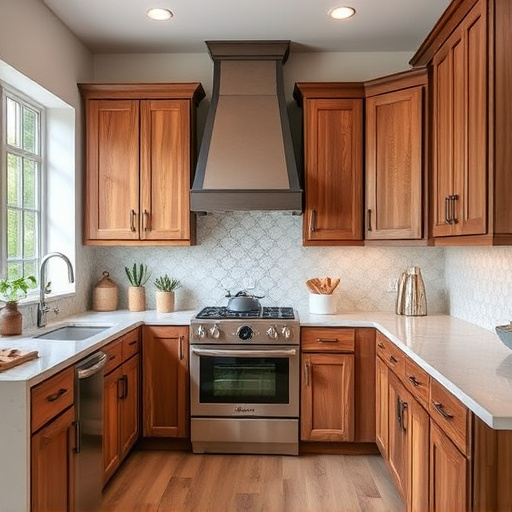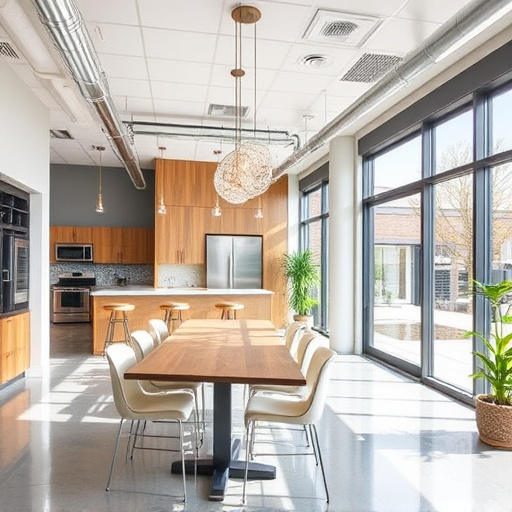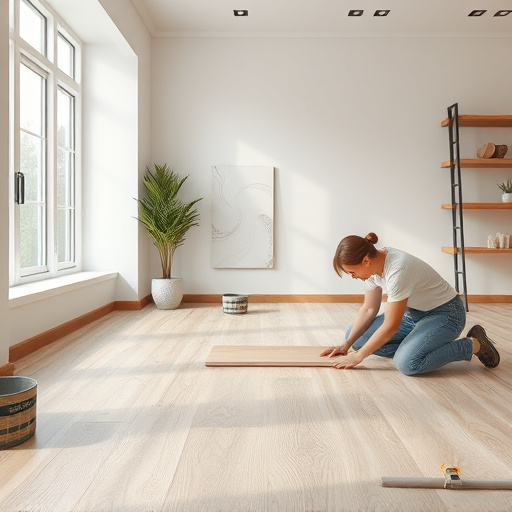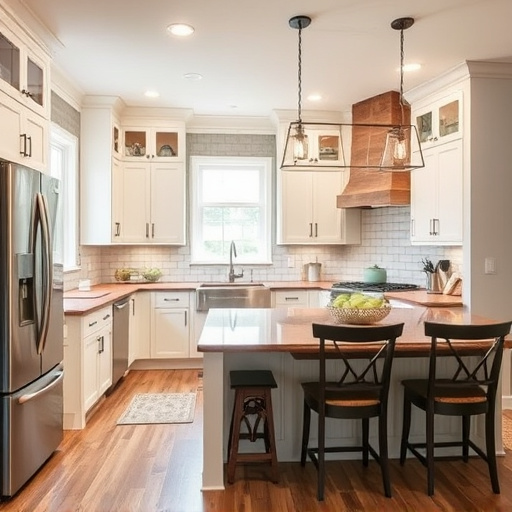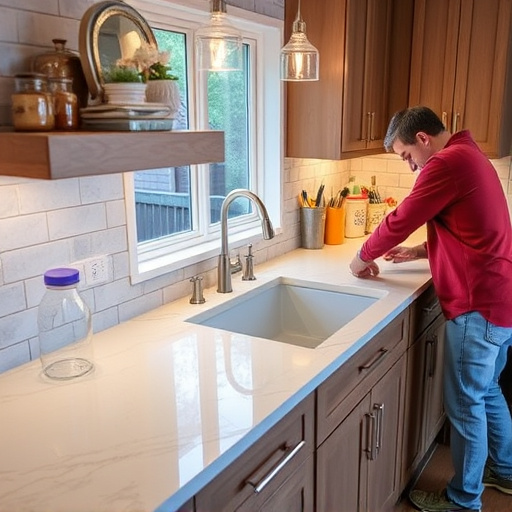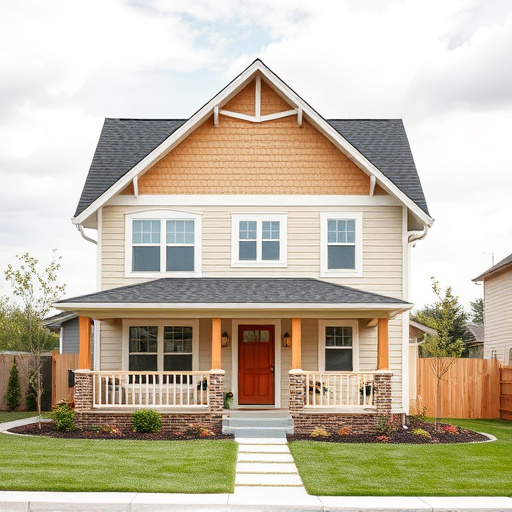Commercial design excels by understanding client needs and brand identity. Research uncovers business objectives, target market, and values, guiding space planning from open-plan offices to specialized rooms for enhanced productivity. Material selection emphasizes sustainability with recycled content, local sourcing, and deconstruction, minimizing environmental impact while maintaining appealing designs.
In the realm of commercial design, where aesthetics meet functionality, a successful project hinges on key principles. This article explores fundamental aspects guiding high-impact commercial design, from understanding client needs and brand identity to strategic space planning and material selection with sustainability in mind. By delving into these essential elements, we uncover how designers create vibrant, functional spaces that resonate with businesses and their audiences.
- Understanding Client Needs and Brand Identity
- Space Planning for Optimal Functionality
- Material Selection and Sustainability Considerations
Understanding Client Needs and Brand Identity
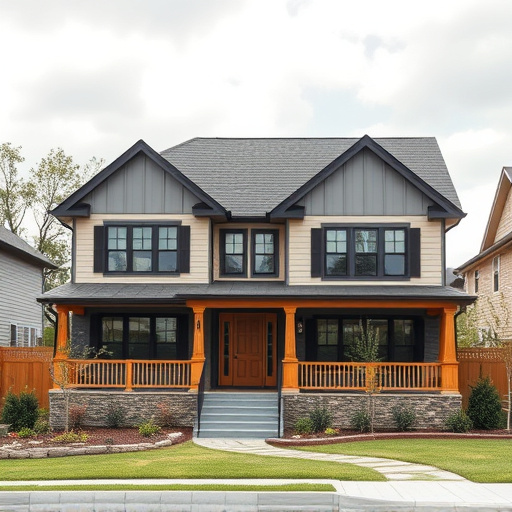
In the realm of commercial design, a deep understanding of client needs and brand identity is paramount to creating high-impact spaces. It begins with meticulous research to decipher the unique requirements and aspirations of each client. This involves delving into their business goals, target audience, and brand values. For instance, when designing a retail space, knowing whether the focus is on luxury or accessibility, and understanding the products being sold, are crucial.
Integrating these insights with thoughtful consideration of the brand’s identity fosters a design that resonates with the intended audience. This could involve incorporating specific color palettes, materials, and stylistic elements that align with the brand’s essence, whether it’s a modern aesthetic for a tech startup or a classic, elegant look for a high-end restaurant. Even in related fields like residential renovations (including kitchen renovations and home additions), understanding client desires and brand identity is essential to creating spaces that are not only visually appealing but also functional and reflective of the owner’s personality and lifestyle.
Space Planning for Optimal Functionality
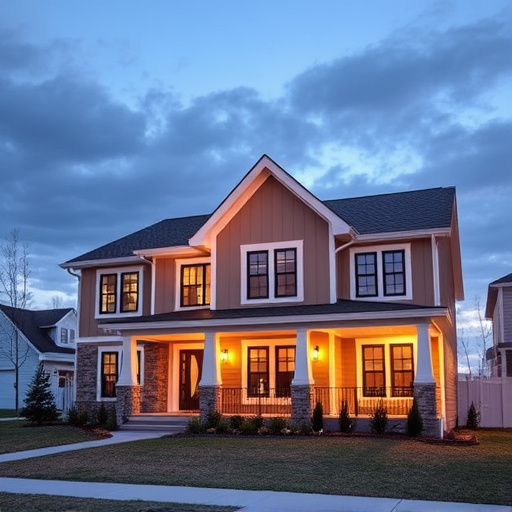
In commercial design, space planning is a fundamental principle that goes beyond aesthetics. It involves meticulously organizing and designing spaces to maximize their functionality, catering to the specific needs of businesses and their clients. Effective space planning ensures that every area within a commercial space—from open-plan offices to specialized rooms like bathrooms and kitchens—serves a purpose, enhances productivity, and creates an environment conducive to business success.
This process considers not just the physical layout but also circulation patterns, accessibility, and visual aesthetics. Well-planned spaces can improve collaboration among employees, facilitate smooth operations during busy periods (such as peak customer hours in retail settings), and even contribute to energy efficiency through strategic placement of furniture and equipment. In projects like bathroom renovations or whole house remodels within a commercial setting, space planning becomes even more critical, ensuring these often overlooked areas function seamlessly alongside larger, more visible spaces.
Material Selection and Sustainability Considerations
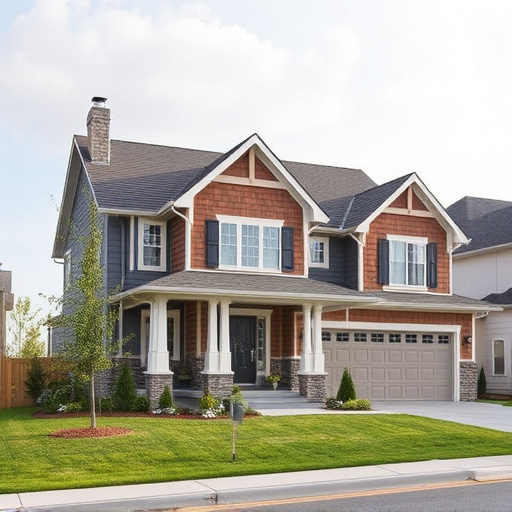
In commercial design, material selection plays a pivotal role in creating spaces that are both aesthetically pleasing and functional. Beyond aesthetic considerations, designers must embrace sustainability as a core principle. Choosing materials with recycled content or those that can be reused or recycled at the end of their life cycle reduces environmental impact. For instance, opting for eco-friendly exterior painting solutions not only enhances the building’s curb appeal but also contributes to a healthier planet.
When undertaking projects like a kitchen remodel or multiple room remodel, it becomes even more crucial to balance design and sustainability. This could involve selecting materials that are locally sourced to reduce carbon footprint associated with transportation. Additionally, designing for deconstruction can extend the lifespan of materials, making them reusable in future projects. Such mindful choices not only serve the current needs of businesses but also ensure a more sustainable future for commercial spaces.
In the realm of commercial design, a successful project transcends aesthetics; it’s guided by a deep understanding of client needs, brand identity, strategic space planning, and sustainable material choices. By integrating these key principles, designers create vibrant, functional spaces that not only cater to business objectives but also leave a lasting impression. Embracing these practices is essential for any commercial design endeavor aiming to thrive in today’s competitive market.

